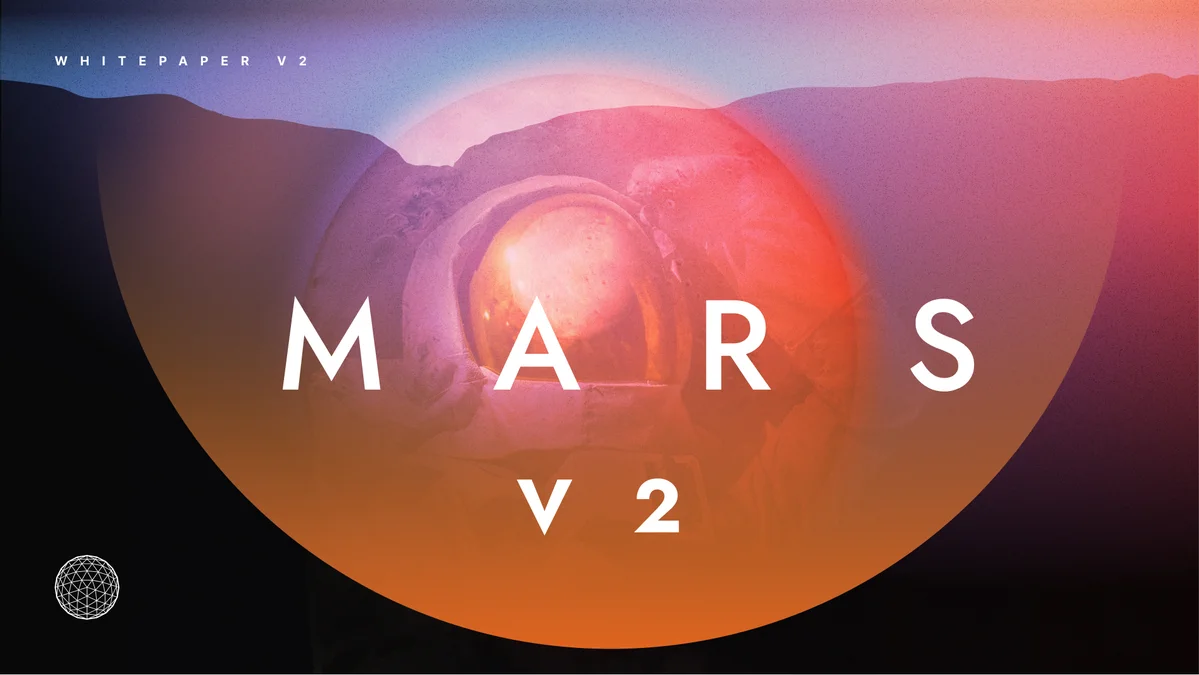Delphi Digital: Ending the Ghost City Effect, Cosmos Needs to Lower Entry Barriers and Create Unique Use Cases.
Original author: Luke Saunders
Original translation: TechFlow
Almost a year ago, we published a report outlining why we were focused on Cosmos. Since then, Cosmos has been working hard to attract users and liquidity, and many doubted its ability to succeed. In this article, we will outline why we believe Cosmos can succeed and how it can turn the situation around.
First, let's summarize the driving force behind attracting liquidity.
Ecologies are sticky. The barriers to users moving from Ethereum to Cosmos are significant: they need to figure out cross-chain bridges, download and set up new wallets, understand the risks, and more. It's painful. Why would they bother?
Well, the usual answer is returns. Time and again, we have seen users endure the hassle and risk of onboarding for significant returns. But returns are temporary, so they need a good user experience and diverse DeFi tools to stick around.
So why hasn't Cosmos attracted liquidity lately?
Confidence in the Cosmos chain took a hit after Terra, and users and liquidity left and weren't willing to come back. Over the past year or two, Terra attracted most of the development work, but these applications are now either dead or facing long rebuilding times elsewhere.
As a result, Cosmos went through a period of neither capturing significant liquidity nor having much to do.
But there are signs that things are starting to change. A series of new protocols and proposals are coming that could bring much-needed utility and liquidity to Cosmos' DeFi ecosystem:
Neutron has attracted stETH from Ethereum and used it in a new DeFi ecosystem centered around liquidity staking derivatives.
Celestia is a data availability layer and Cosmos chain that may be one of the most critical projects in the modular space. Its native token TIA will need to bridge from Cosmos to other ecosystems, and Celestia Rollups might bridge assets via IBC.
Mars Protocol v2 aims to combine leverage trading and DeFi strategies in an aesthetically pleasing user experience.

Once established, no application can provide the same capital efficiency or user experience. Plus, abstracting the complexity of cross-chain bridges and wallets for users, Mars should be able to provide a compelling home for liquidity.
Namada is an upcoming Cosmos Zone and the first fractal instance of Anoma (an exciting Cosmos project built around intention).
It enables privacy operations and has the potential to attract privacy-focused DeFi users due to low fees + IBC + native ETH bridging.
Then there's Sei, which I expect will attract a significant amount of liquidity and developers. There's also Noble, aimed at lowering barriers to entry for liquidity and hoping to launch a native USDC soon. And the launch of dYdX is positive for Cosmos' visibility, among others.
By the way, dYdX definitely makes cross-chain and interacting with products seamless from any other ecosystem/wallet, reducing barriers for users and assets. I hope other Cosmos projects can learn from and emulate this.
Lastly, I'm glad to see Levan finally launching successfully on Osmosis, which was originally planned for the week Terra crashed. Levana enables perpetual contract trading within Cosmos and associated risk-free, high-yield (currently) cash arbitrage strategies.
Although Cosmos has been a bit like a ghost town, the signs indicate that it is finally evolving into a rich ecosystem of diverse applications.
That being said, it's also important to recognize that Cosmos faces some challenges: competition from the OP Stack; zkSync's ZK Stack and upcoming frameworks for building standalone ZK applications; Solana's resurgence; the Ethereum Rollup ecosystem being stronger than ever, and so on.
But as discussed above, if Cosmos applications focus on lowering barriers to entry and combine use cases that other ecosystems cannot achieve, it can attract meaningful liquidity and a thriving DeFi ecosystem.
Disclaimer: I, personally, Delphi Labs, or Delphi Ventures have had exposure to almost every project mentioned in this article.



